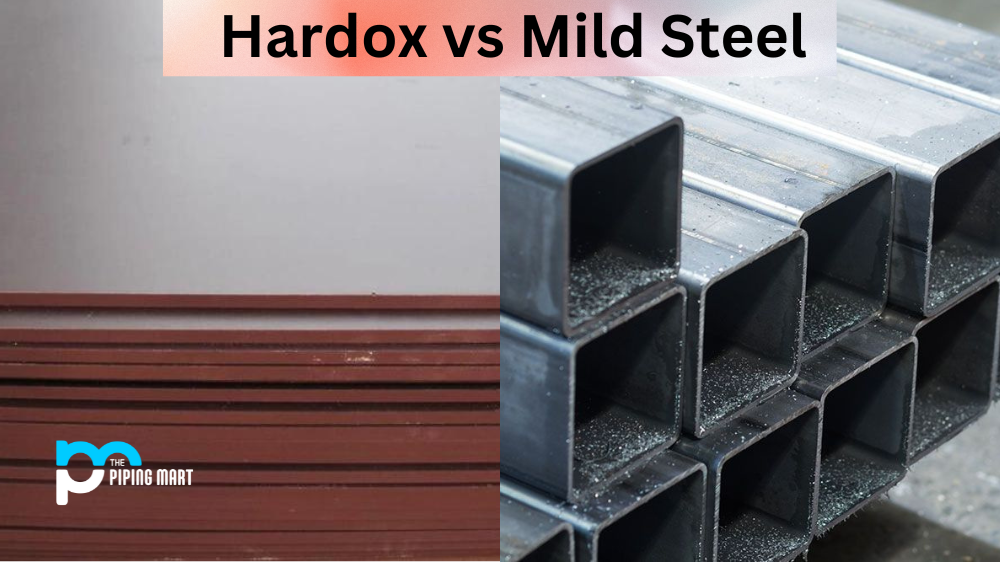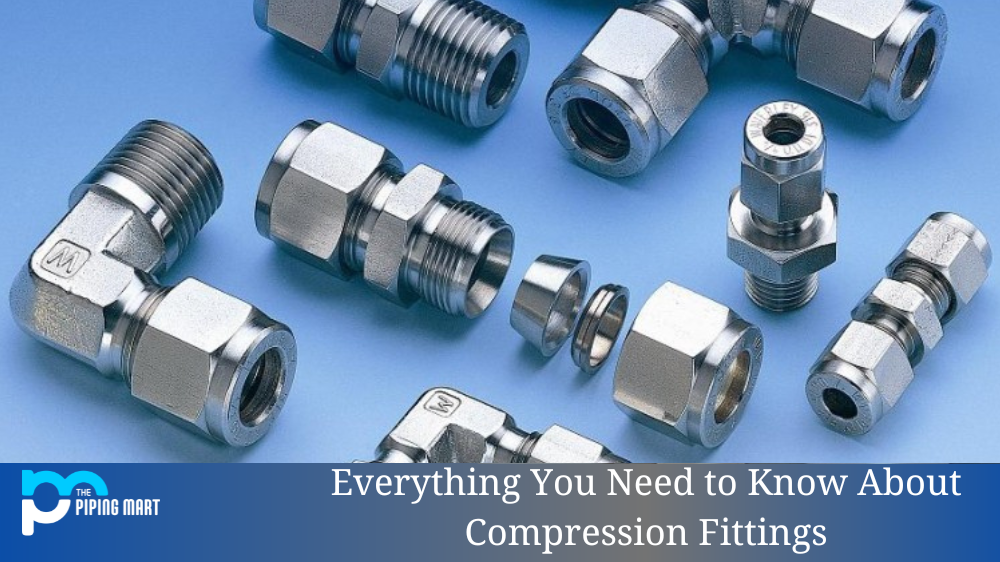Choosing the right steel for your project is essential to ensure that you have a durable and high-quality product. However, with so many different types of steel available on the market, it can be overwhelming to determine which one to use. Two popular options are Hardox and mild steel. Both have benefits and drawbacks, but understanding the differences can help you make an informed choice for your project.
Difference Between Hardox and Mild Steel
Strength and Durability
One of the key differences between Hardox and mild steel is their strength and durability. Hardox is a high-strength steel specifically designed to withstand heavy loads and high levels of wear and tear. It is ideal for use in harsh environments like mining and manufacturing. Mild steel, on the other hand, is less durable and can be prone to damage over time. It is best suited for lighter applications, such as construction and engineering.
Cost
Another factor to consider when choosing between Hardox and mild steel is cost. Hardox is a premium steel with a higher price point than mild steel. However, it is also much stronger and more durable, meaning it can be a more cost-effective option in the long run. Mild steel is a more budget-friendly option but may need to be replaced more frequently, which can quickly add up the cost.
Weldability
Weldability is an important consideration when choosing between Hardox and mild steel. Hardox is a more complex steel that requires advanced welding techniques and specialized equipment to weld properly. This can make it more difficult and expensive to work with. Mild steel, on the other hand, is relatively easy to weld and can be done using basic welding techniques and equipment.
Machinability
Machinability refers to the ease with which a material can be cut, drilled, or shaped. Hardox is a very hard steel that can be difficult to machine, which can increase production time and costs. Mild steel, however, has a good balance of strength and machinability, making it easy to work with and shape to your desired specifications.
Application
Finally, the choice between Hardox and mild steel comes from your specific application. If you work in a high-stress environment that requires strong and durable steel, Hardox is likely the best choice. If you are working on a lighter industrial application that needs to be budget-friendly, mild steel is a good option. Consider your application and the specific demands it will place on your steel before making a final decision.
Conclusion
In conclusion, choosing between Hardox and mild steel involves various factors, including strength, durability, cost, weldability, machinability, and application. As with any material choice, it is important to consider your specific needs and requirements before deciding. Whether you choose Hardox or mild steel, both have pros and cons and finding the right balance for your project is key to success. So, take your time, research, and choose the right steel for your project.

Meet Bhavesh, a seasoned blogger with a wealth of knowledge and experience. From metal products manufacturing to retail, Bhavesh has a diverse background in various industries and is dedicated to sharing his insights and expertise with readers.




